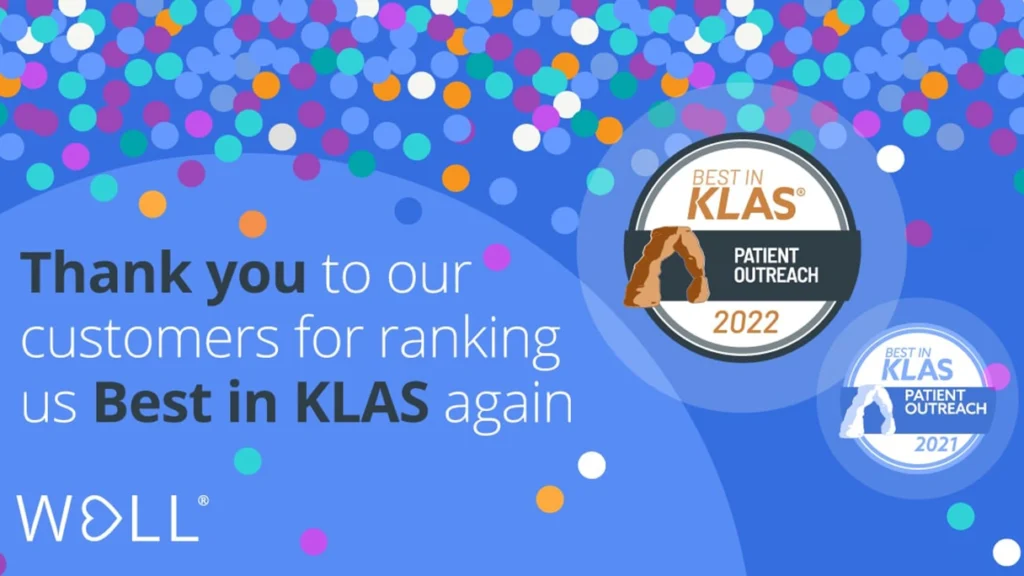
SHARE:
[DISPLAY_ULTIMATE_PLUS]
Healthcare in America was not designed for consumers at all.
According to Deborah Dove Gordon in her new book, “The Healthcare Consumer’s Manifesto: How to Get the Most for Your Money” it was designed around the hospital, health plan, and employer — not around consumers paying an increasingly large share of the bill.
She brings a wealth of experience in healthcare research and interviews with more than 60 patients to the book. Although designed for savvy healthcare consumers, it offers a valuable perspective for healthcare systems eager to court them.
What prompted you to write the book?
I’ve spent my career in healthcare, specifically in trying to level the playing field for consumers. I’ve done a lot of work with vulnerable or low-income populations. When I was doing my research as a senior fellow at the Harvard Kennedy School, I wanted to understand and write about the failure of consumer markets in healthcare.
What I heard in so many of my consumer interviews was pervasive vulnerability. I used to think of vulnerable individuals as low-income or very sick or frail in some way. And what I heard amongst middle class, upper-middle class, educated, and insured people, was a sense of real anxiety and for some, true hardship because of the cost of healthcare. I wrote this book to expose that human side of healthcare costs and then to help consumers reclaim or claim economic power, if you will, in healthcare.
How do you think American healthcare fails consumers?
Healthcare in America is not designed for consumers almost at all. Now, if you’re sick and you need cutting-edge treatment and you can afford it, we do have some of the best doctors and the best hospitals and the best medical technology. But so many people cannot afford it.
Healthcare in America was designed around a hospital, health plan, and employer dynamic, not around consumers paying the bill. In today’s world, Americans pay about a third of healthcare costs and health coverage costs out-of-pocket. So the system that was designed around these corporate negotiations and corporate relationships has not really caught up with the fact that patients are increasingly the customer.
When I first started doing this research about how consumers experience their financial responsibilities or financial decisions in healthcare, I actually got questions like, “Why does it matter?” and, “Why should we even study this topic?” To me, that reflects exactly how the system fails consumers — that we don’t even recognize the growing role of consumers in healthcare purchasing. If you don’t even recognize the role, you certainly aren’t designing for that consumer or with that consumer in mind.
What do you think would make the system better for consumers?
If the industry, the health plans, the hospitals, the doctors, the employers, if everyone who’s got a stake in the system started to recognize consumers and give consumers a seat at the table and really ask and listen to what consumers need and care about, I think certain things could be done to improve the system.
For example, we know that it’s really hard to get a price before you get a service. We’re increasingly aware of the negative impacts of surprise billing. There are a bunch of decisions that have been made over time that could be undone, not without pain. But I do think we — healthcare leaders — could force greater transparency.
I have a whole chapter in the book about jargon and plain language and how hard it is for consumers to understand the system. The doctors, nurses and economists I interviewed acknowledged that they themselves didn’t always know how to find the answer. I interviewed a nurse who described her own process of signing up for a private, supplemental Medicare plan. She admitted that she found it really confusing.
So if the experts and the insiders find it hard to decipher and hard to anticipate or calculate their financial exposure, how could the average consumer possibly be equipped to make informed decisions? That’s not a weakness of consumers. That’s not ignorance or lack of education. That is crushing amounts of complexity and jargon.
What kinds of digital experiences did you identify in your research that might improve the consumer experience?
Millennials especially have grown up in an age of consumer-grade digital experiences. They cannot understand why healthcare would be different. We spoke with a graduate student who talked about expecting that his digital experience with health insurance would be like his digital experience anywhere else.
In most digital experiences, the company knows something about you. You probably would like A or B or C because of who you are. We’re accustomed to smart digital experiences that guide us to the right choice, or at least guide us in the right direction.
What our young consumers in particular found when they were looking for insurance guidance was there really was no guidance or no embedded support.
We know that a lot of good digital experience now is targeted and tailored and somewhat customized to a consumer segment. And that needs to find its way to healthcare.
In an era of COVID-19, what can healthcare consumers do to reclaim lost power?
I think that many of us feel helpless right now and overwhelmed. And I think that reclaiming power in this context, in this moment involves a range of things.
The best thing we can do for the system and for ourselves and our families is to not get sick. The best way to do that is to wear a mask, wash your hands, stay inside, not congregate, follow the orders of public health officials, sleep, eat well, try to exercise, try to relax, try to take good care of yourself.
One other way that consumers can try to take a little bit of power or control in the system is to try to plan ahead. If you have your job and you have your health insurance, that’s great. If you’re at risk of losing your job, you have lost your job, or you’re a freelancer and you never had access to, or you chose not to, or you couldn’t afford healthcare coverage, now is the time to consider your options.
I think the worst possible thing is to be without health insurance at a time when you are dramatically more likely to need it. You definitely don’t want to be without insurance if you find yourself in that 10 to 15 percent of COVID-19 cases requiring serious care.
You mentioned that healthcare in America was not designed around consumers. Do you think that COVID-19 will change that?
Yes, certainly in the short term. I think everyone in healthcare understands that among the most important actions people can take right now, and the best way to manage this crisis, is mass individual effort. These messages — wear a mask, stay home, wash your hands, things like that — are about individuals making choices. And that puts a lot of power with the individual. I think the institutions are somewhat powerless if people do not follow those guidelines.
Interestingly, we are seeing a lot of changes. What does telemedicine do for people? It means they can access many kinds of health care services from their homes or from wherever they are. And once you experience that, it’s unlikely you’re going to give it up. That’s not likely to go back in the box.
Once consumers understand how much more convenient certain kinds of healthcare can be, and actually how much more aligned with their interests or their own agency, I think it’s very unlikely those things will go back to the way they were. ♥


